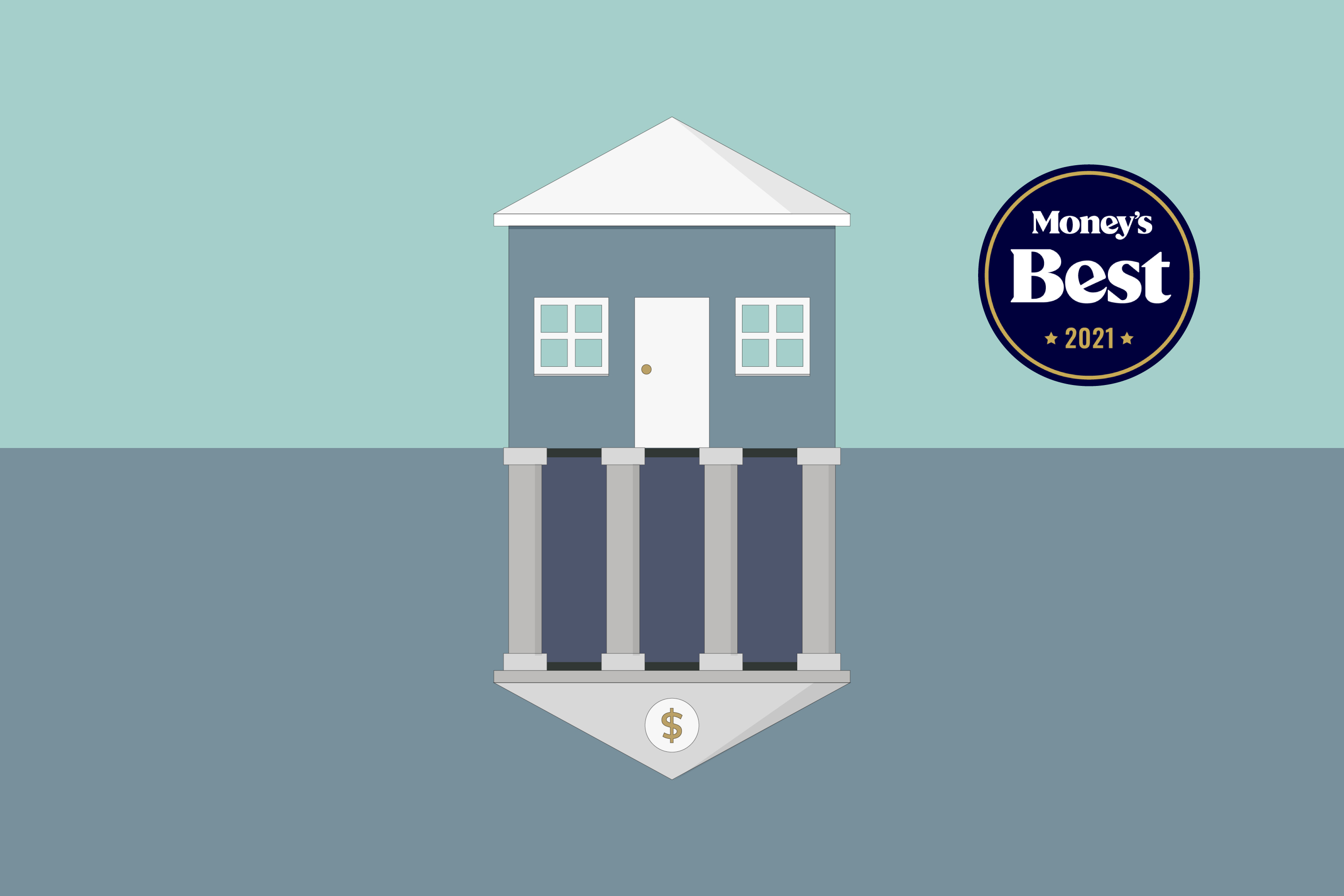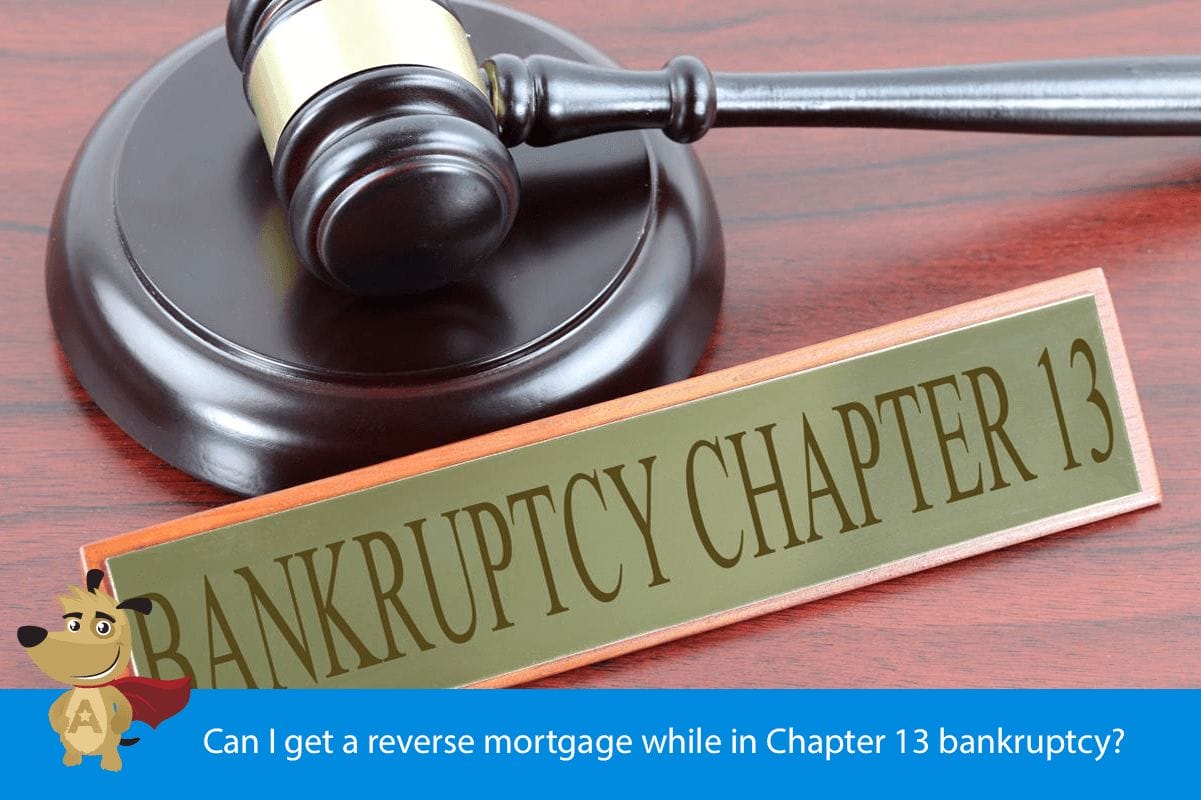In 2007, the U.S. economy went into a home mortgage crisis that caused panic and financial chaos worldwide. The financial markets became specifically volatile, and the effects lasted for numerous years (or longer). The subprime mortgage crisis was an outcome of too much loaning and problematic monetary modeling, mostly based on the presumption that home prices just go up.
Owning a house is part of the conventional "American Dream." The traditional wisdom is that it promotes individuals taking pride in a residential or commercial property and engaging with a neighborhood for the long term. But houses are expensive (at hundreds of countless dollars or more), and many individuals require to borrow cash to purchase a home.
Mortgage rates of interest were low, permitting consumers to get relatively big loans with a lower month-to-month payment (see how payments are calculated to see how low rates affect payments). In addition, home costs increased significantly, so purchasing a home appeared like a sure bet. Lenders believed that houses made great security, so they were willing to provide against property and earn earnings while things were excellent.
The Of What Does Hud Have To With Reverse Mortgages?
With home prices increasing, house owners discovered huge wealth in their homes. They had lots of equity, so why let it being in the house? Homeowners re-financed and took $12nd home loans to get money out of their homes' equity - how is the compounding period on most mortgages calculated. They spent a few of that cash wisely (on improvements to the property related to the loan).
Banks provided simple access to cash prior to the home loan crisis emerged. Borrowers entered high-risk home mortgages such as option-ARMs, and they got approved for home loans with little or no documents. Even individuals with bad credit might certify as subprime customers (who issues ptd's and ptf's mortgages). Customers were able to obtain more than ever in the past, and people with low credit scores progressively certified as subprime borrowers.
In addition to simpler approval, customers had access to loans that promised short-term advantages (with long-lasting dangers). Option-ARM loans allowed debtors to make little payments on their financial obligation, but the loan quantity may in fact increase if the payments were not sufficient to cover interest expenses. Interest rates were fairly low (although not at historic lows), so conventional fixed-rate home loans may have been a reasonable alternative during that duration.
Some Of What Is The Percentage Of People Who Pay Off Mortgages
As https://northeast.newschannelnebraska.com/story/43143561/wesley-financial-group-responds-to-legitimacy-accusations long as the party never ever ended, everything was great. Once house rates fell and debtors were not able to afford loans, the fact came out. Where did all of the cash for loans come from? There was a glut of liquidity sloshing around the world which quickly dried up at the height of the mortgage crisis.
Complex investments converted illiquid genuine estate holdings into more cash for banks and lenders. Banks typically kept home loans on their books. If you borrowed cash from Bank A, you 'd make monthly payments directly to Bank A, which bank lost money if you defaulted. Nevertheless, banks typically sell loans now, and the loan may be divided and sold to numerous financiers.
Because the banks and home loan brokers did not have any skin in the video game (they could simply sell the loans prior to they went bad), loan quality weakened. There was no accountability or incentive to make sure customers could manage to repay loans. Unfortunately, the chickens came home to roost and the mortgage crisis started to magnify in 2007.
The Buzz on What Percentage Of National Retail Mortgage Production Is Fha Insured Mortgages
Borrowers who purchased more home than they might pay for eventually stopped making home mortgage payments. To make matters worse, regular monthly payments increased on variable-rate mortgages as rate of interest rose. House owners with unaffordable homes dealt with difficult options. They might wait on the bank to foreclose, they might renegotiate their loan in a exercise program, or they might simply stroll away from the home and default.
Some had the ability to bridge the space, however others were already too far behind and dealing with unaffordable mortgage payments that weren't sustainable. Generally, banks might recuperate the quantity they loaned at foreclosure. Nevertheless, home worths fell to such a degree that banks increasingly took substantial losses on defaulted loans. State laws and the kind of loan determined whether Learn more or not loan providers might try to gather any deficiency from customers.
Banks and financiers began losing cash. Banks decided to minimize their exposure to run the risk of significantly, and banks thought twice to lend to each other since they didn't know if they 'd ever make money back. To operate efficiently, banks and services require money to flow quickly, so the economy came to a grinding halt.
Who Issues Ptd's And Ptf's Mortgages - Truths
The FDIC increase personnel in preparation for hundreds of bank failures triggered by the home mortgage crisis, and some essentials of the banking world went under. The public saw these prominent institutions failing and panic increased. In a historical occasion, we were reminded that money market funds can "break the dollar," or move far from their targeted share cost of $1, in turbulent times.
The U.S. economy softened, and greater product costs injured customers and services. Other complex financial items began to unravel as well. Legislators, customers, lenders, and businesspeople scampered to lower the results of the home mortgage crisis. It set off a dramatic chain of events and will continue to unfold for many years to come.

The lasting effect for many consumers is that it's more challenging to receive a mortgage than it remained in the early-to-mid 2000s. Lenders are required to verify that borrowers have the ability to repay a loan you normally require to show evidence of your income and assets. The home mortgage procedure is now more cumbersome, but ideally, the financial system is healthier than in the past.
Find Out How Many Mortgages Are On A Property Can Be Fun For Anyone
The subprime home mortgage crisis of 200710 originated from an earlier expansion of home loan credit, including to customers who formerly would have had problem getting home mortgages, which both added to and was helped with by quickly rising house costs. Historically, prospective homebuyers found it difficult to obtain home mortgages if they had below par credit rating, supplied small deposits or looked for high-payment loans.
While some high-risk households could obtain small-sized home loans backed by the Federal Real Estate Administration (FHA), others, dealing with restricted credit choices, leased. Because era, homeownership changed around 65 percent, home mortgage foreclosure rates were low, and house building and construction and home prices primarily reflected swings in mortgage interest rates and earnings. In the early and mid-2000s, high-risk mortgages appeared from loan providers who funded home mortgages by repackaging them into swimming pools that were sold to investors.
The how to get out of a hilton grand vacation timeshare less susceptible of these securities were considered as having low threat either because they were insured with brand-new financial instruments or due to the fact that other securities would initially take in any losses on the hidden home mortgages (DiMartino and Duca 2007). This enabled more first-time property buyers to get home mortgages (Duca, Muellbauer, and Murphy 2011), and homeownership increased.
Why Do Banks Make So Much From Mortgages Fundamentals Explained
This caused expectations of still more home price gains, further increasing housing need and prices (Case, Shiller, and Thompson 2012). Investors acquiring PMBS benefited initially because rising house prices protected them from losses. When high-risk home loan customers might not make loan payments, they either sold their houses at a gain and settled their home loans, or borrowed more against greater market value.
